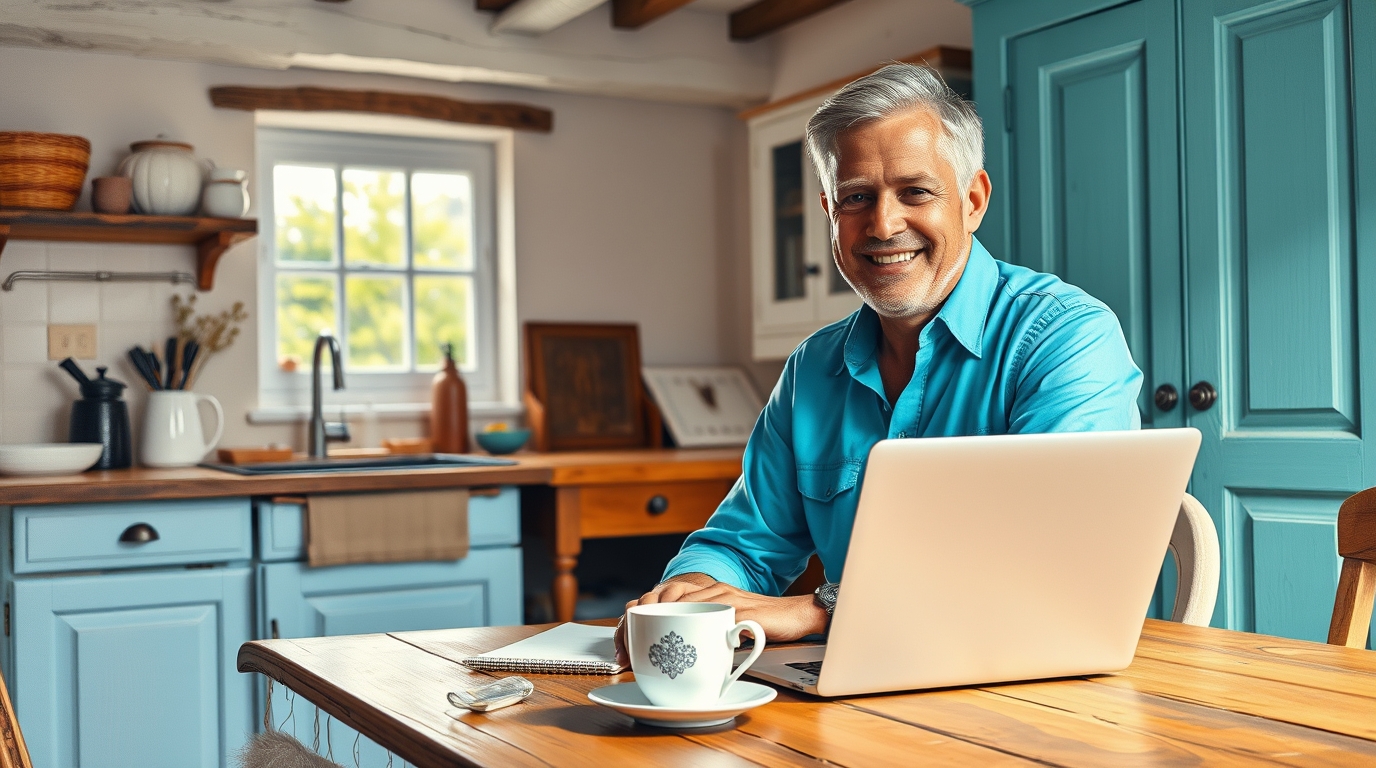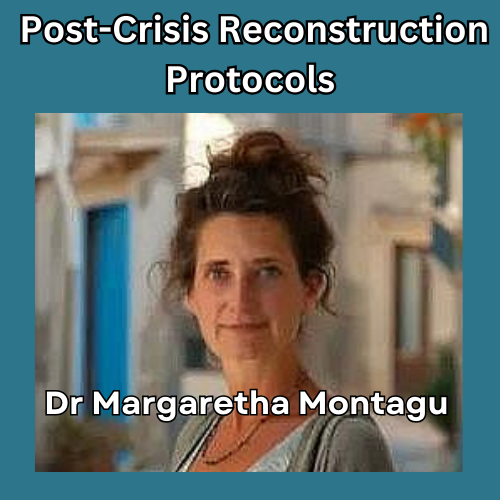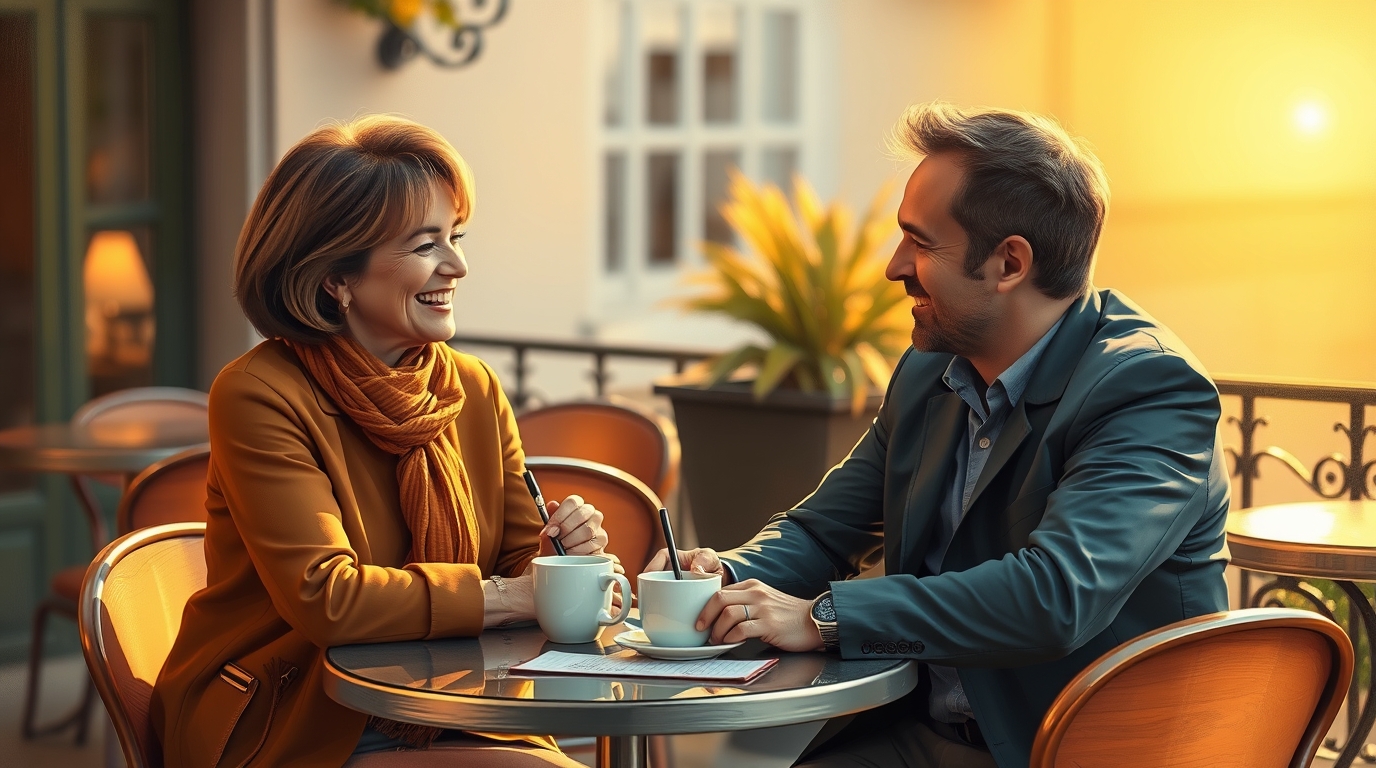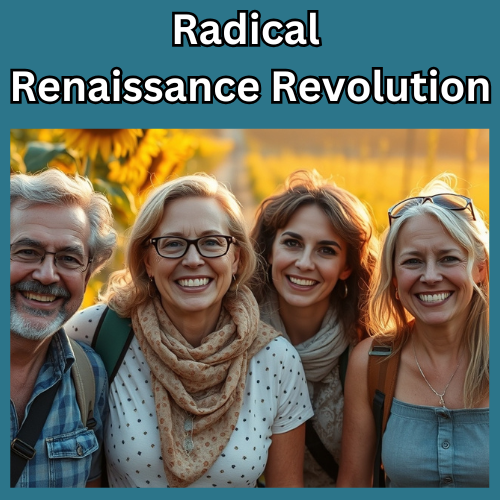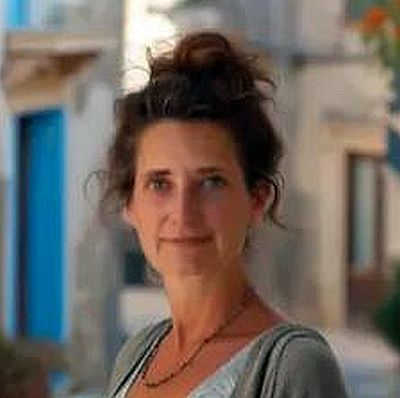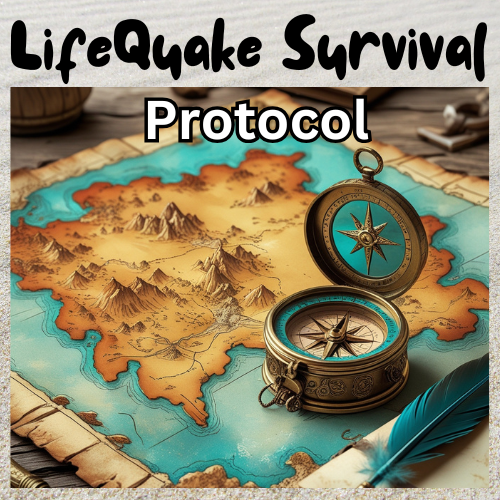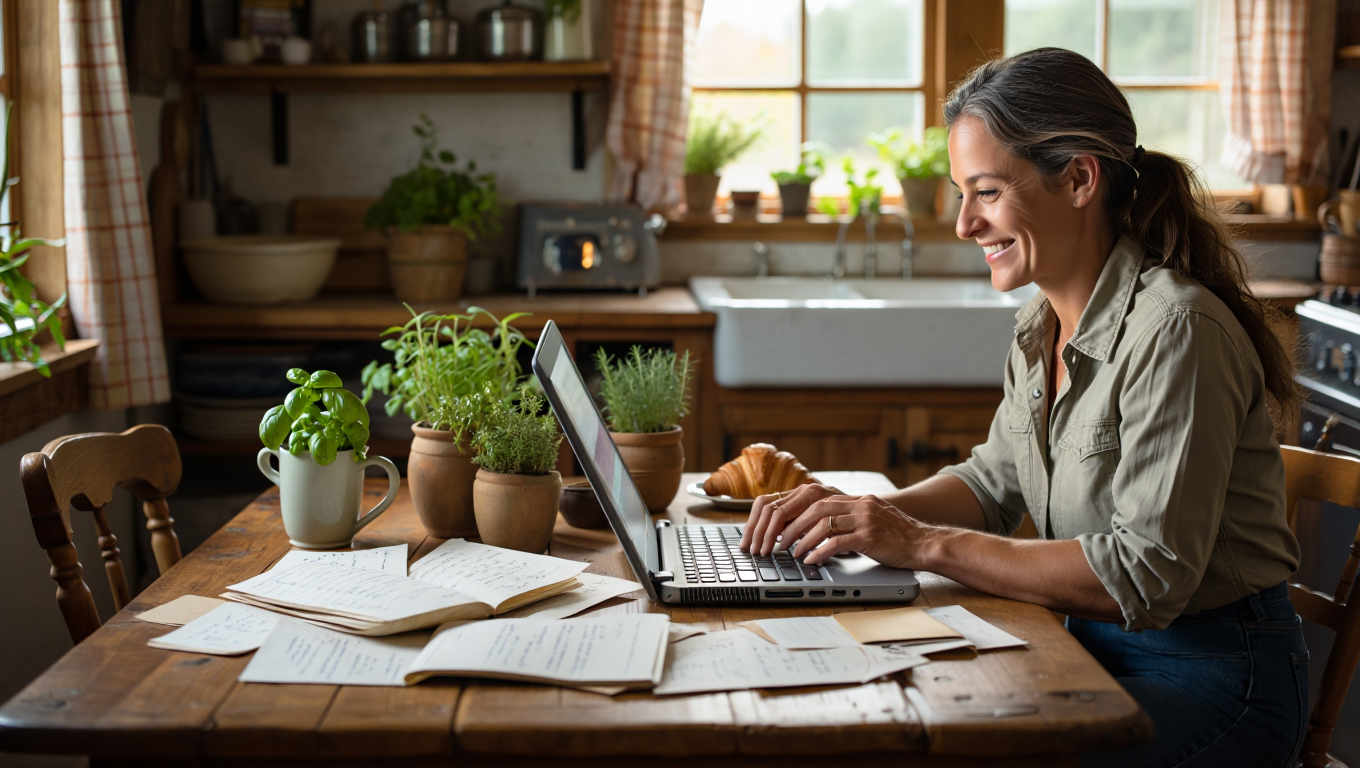#BruisedButNotBroken Series
Question: “I’m going through a divorce and trying to make sense of it all. I’ve heard that knowing your life purpose can help during difficult times. Can someone explain how knowing my life purpose might help me cope with the emotional challenges of divorce?”
Short Answer: When your relationship ends, knowing your life purpose provides stability when everything feels chaotic, helps you make decisions aligned with your values rather than reactive emotions, and transforms your divorce from a devastating ending into a powerful beginning of authentic living.
Picture this: You’re standing in the wreckage of what you thought was your forever. The house feels too quiet, the bed too big, and your phone notifications have become a minefield of legal documents and custody arrangements. Welcome to the divorce rollercoaster—life’s cruellest plot twist that nobody is ever really prepared for, despite the statistics screaming that half of us will have to find our way through it.
Would you believe me if I told you that this devastating disaster could become the very catalyst that launches you into the most purposeful, impactful and authentic version of yourself you’ve ever been?
The secret weapon isn’t therapy alone (though that certainly helps), it isn’t retail therapy (though your credit card might disagree), and it certainly isn’t that well-meaning friend who keeps saying “everything happens for a reason” (please, just stop). The game-changer is something far more profound: knowing your life purpose with crystal clarity.
The Tale of Antoine Delfour
Antoine Delfour, a 42-year-old architect from Lyon story’s might sound achingly familiar. For eighteen years, Antoine had built his identity around being half of “Antoine and Marie.” They were the couple everyone admired—successful careers, beautiful home overlooking the Rhône, two teenage children who seemed to have inherited the best of both parents.
Then came the conversation that shattered his world.
“I don’t know who I am anymore,” Marie said over dinner at their favourite bistro—the same place where Antoine had proposed two decades earlier. “I need space to find myself.”
The irony wasn’t lost on Antoine. As an architect, he spent his days designing spaces for others to live their dreams, yet he had no idea what space his wife needed in her life. When Marie moved out three weeks later, Antoine found himself staring at blueprints he couldn’t focus on, surrounded by the echoing silence of a house that suddenly felt like a museum of his former life.
The first month was brutal. Antoine moved through his days like a zombie, mechanically drawing lines and calculating angles while his inner world crumbled. His work suffered. His relationship with his children became strained as he struggled to hide his devastation behind insincere forced smiles during their weekend visits. He lost fifteen pounds not because he was trying to get back in shape for dating (that thought just terrified him), but because food had lost all taste.
Then came the breaking point.
Standing in his empty kitchen at 2 AM, Antoine realised he had been living someone else’s design for nearly two decades. The successful career? Chosen because it impressed Marie’s father. The suburban house? Picked because it fit their success-saturated image. Even his hobbies—tennis at the country club, wine tastings with other couples—had been selected to maintain their social standing rather than feed his soul.
“Who am I now that I’m no longer half of a couple?” he whispered to the darkness.
This question, terrifying as it was, became his lifeline.
Antoine began what he now calls his “archaeological dig to find his soul.” He started journaling, not about his anger or sadness (though those emotions appeared often), but about moments in his life when he felt most alive. Patterns emerged that surprised him. His happiest memories weren’t from lavish vacations or professional achievements—they were from volunteer work building homes for families in need, from teaching his nephew to sketch, from the quiet satisfaction of designing a small community center that became the heart of a struggling neighbourhood.
Slowly, painfully, beautifully, Antoine’s true purpose began to emerge: creating spaces where community flourishes and people feel genuinely at home.
This revelation changed everything.
Instead of seeing his divorce as the destruction of his life’s work, Antoine began to view it as the demolition phase necessary before constructing something better. He started making decisions through the lens of his newfound purpose. When his boss offered him a promotion to work on luxury developments, Antoine politely declined and instead pitched a pro bono project for affordable housing. When Marie suggested they sell their house quickly to “just get it over with,” Antoine advocated for taking time to find a buyer who would love the home as much as they once had.
Most remarkably, Antoine’s relationship with his children prospered. Instead of trying to be the “fun weekend dad” to compensate for the divorce, he began sharing his authentic self with them. He taught them to see architecture not as a career but as a way of caring for others. Their weekend activities shifted from expensive entertainment to meaningful projects—visiting construction sites, sketching interesting buildings, even volunteering together at Habitat for Humanity.
Six months after Marie moved out, Antoine made a decision that shocked everyone: he started his own firm specialising in community-focused architecture. Friends worried he was having a midlife crisis. His ex-wife questioned his sanity during a heated phone call about child support. But Antoine knew something they didn’t—he was finally building a life that matched his soul’s blueprint.
Today, three years later, Antoine’s firm has designed twelve community centres, fifteen affordable housing projects, and a children’s hospital wing that wins architectural awards not for its beauty (though it’s stunning) but for its ability to make families feel hopeful during their darkest hours. His relationship with Marie evolved from bitter to tolerant. His children are proud to tell their friends what their father really does for work.
“Purpose,” Antoine reflects, “didn’t take away the pain of divorce, but it gave the pain meaning. It transformed my suffering from something that happened to me into something that was preparing me for who I was meant to do next.”
Five Life-Changing Takeaways: How Purpose Transforms Divorce
1. Purpose Provides Emotional Stability When Everything Else Is Chaos
When your marriage ends, it feels like the very foundations of your life are crumbling. Your living situation changes, your financial picture shifts, your social circle often fractures, and your daily routines disappear overnight. In this storm, your life purpose becomes your emotional anchor—the one thing that remains constant when everything else is in flux.
Unlike external circumstances that can change without warning, your purpose is internal and unshakeable. It’s not dependent on another person’s choices or feelings. When Antoine discovered his purpose was creating community-centred spaces, that calling didn’t disappear when Marie left. In fact, it became more urgent and clear.
2. Purpose-Driven Decisions Trump Emotion-Initiated Reactions
Divorce triggers some of our most primitive emotional responses—fear, anger, the desperate need for control. When you’re operating from raw emotion, you make decisions that often hurt your long-term interests. You might agree to unfavourable custody arrangements out of guilt, or refuse reasonable settlement terms out of spite.
Your life purpose acts as a decision-making filter that transcends temporary emotions. Antoine could have chosen to work more hours to afford a flashier lifestyle and “show Marie what she was missing.” Instead, his purpose-driven approach led him to take calculated risks that aligned with his values, ultimately creating both financial success and personal fulfilment.
3. Purpose Transforms Victims into Heroes of Their Own Stories
There’s a profound difference between someone who has been divorced and someone who used divorce as a catalyst for authentic living. The first sees themselves as a victim of circumstances beyond their control. The second recognises divorce as a painful but necessary plot point in their hero’s journey.
When you know your purpose, you begin to see challenges—even devastating ones like divorce—as opportunities to align more closely with your true calling. The pain doesn’t disappear, but it gains meaning. You’re not just surviving divorce; you’re using it as fuel for becoming who you were always meant to be.
4. Purpose Creates New Identity Beyond Relationship Status
One of divorce’s cruellest tricks is how it strips away identity. If you’ve been “John’s wife” or “Sarah’s husband” for years, suddenly being just “John” or “Sarah” can feel terrifyingly empty. Many people rush into new relationships not because they’ve found love, but because they’re desperate to fill this identity void.
Knowing your life purpose provides a rich, meaningful identity that exists independently of your relationship status. You’re not “the divorced person” or “someone looking for love”—you’re the person who helps others heal, or creates beautiful things, or builds bridges between communities. This identity is permanent and empowering.
5. Purpose Turns Your Divorce Story into a Gift for Others
Perhaps the most beautiful transformation happens when you realise your divorce experience, filtered through your life purpose, becomes a source of wisdom and inspiration for others facing similar challenges. Antoine now mentors other divorced professionals who want to align their careers with their values. His story gives them permission to see their own divorces not as failures but as invitations to authenticity.
When your purpose is clear, even your most painful experiences become part of your contribution to the world.
Your Divorce Recovery Toolkit: Practical Exercises for Purpose-Driven Healing
The Archaeology of Joy – a Journaling Prompt
Set aside 30 minutes when you won’t be interrupted. Pour yourself something comforting—tea, coffee, whatever brings you peace. Now write continuously for 20 minutes answering this question:
“Looking back at my entire life, when have I felt most alive, most myself, most like I was doing exactly what I was meant to do? Don’t filter these memories based on whether they were ‘important’ or ‘successful’ by others’ standards. Include childhood moments, random Tuesday afternoons, brief interactions with strangers—any time you felt that spark of ‘this is me at my truest.'”
Don’t worry about grammar or making sense. Just let the memories flow. You’re looking for patterns, for themes that reveal what activities, environments, and ways of being consistently light you up.
The Values Clarification Exercise
Your marriage likely involved compromise—sometimes healthy, sometimes not. Now it’s time to rediscover your uncompromised values. Create three columns:
Column 1: Non-Negotiable Values What principles are so core to who you are that violating them makes you feel sick? (Examples: Honesty, creativity, service to others, adventure, spiritual growth)
Column 2: Negotiable Preferences What do you enjoy but could adapt or change? (Examples: City vs. country living, career prestige, social activities)
Column 3: Values You Adopted to Keep the Peace What did you pretend to care about to avoid conflict in your marriage? (Be honest—this takes courage but creates freedom)
The Future Self Visualisation
Imagine yourself five years from now, living fully in alignment with your life purpose. You’ve healed from the divorce, discovered your calling, and built a life that reflects your truest self. Write a letter from this future version of yourself to your current self, offering encouragement and guidance. What does future you want current you to know?
“Rock bottom became the solid foundation on which I rebuilt my life.” – J.K. Rowling
Your Own Archeological Dig
If Antoine’s story resonates with you, if you recognise yourself in that moment of staring into the darkness and asking “Who am I now that I’m no longer half of a couple?”—then you’re ready for something more than just surviving your divorce. You’re ready to use this crisis as the catalyst for discovering your life’s deepest purpose.
This is where my Purpose Pursuit Protocol comes in—a comprehensive course designed specifically for people who feel lost, who know there’s something more meaningful waiting for them but can’t quite grasp what it is. Through guided exercises, supportive community, and proven frameworks, you’ll excavate your authentic calling from beneath years of “shoulds” and societal expectations.
Maybe you already have some sense of your purpose but your divorce has left you questioning everything. Perhaps you thought you knew your calling, but now wonder if it was built around your marriage rather than your true self. If this sounds familiar, the Purpose Pivot Protocol is designed for you—helping people recalibrate their purpose during major life transitions.
Because here’s what I’ve learned from working with hundreds of divorced individuals: The people who not only survive but truly thrive after divorce are those who use the crisis as an invitation to finally, courageously, build a life around their authentic purpose.

.
Frequently Asked Questions
Q: Is it selfish to focus on finding my purpose when my kids are dealing with the divorce?
A: Absolutely not. Children of divorce benefit enormously from seeing a parent who is intentionally creating a meaningful, purpose-driven life rather than just going through the motions. You’re modelling resilience, authenticity, and the possibility that difficult experiences can lead to positive transformation. The best gift you can give your children is showing them what it looks like to live with purpose, even after life doesn’t go according to plan.
Q: What if I discover my life purpose and it requires major changes that might affect my divorce settlement or custody arrangements?
A: Purpose-driven decisions are usually more sustainable and ultimately more beneficial than reactive ones, even if they seem scary initially. However, this is exactly why having clarity about your purpose before making major legal decisions is so valuable. When you know what you’re building toward, you can negotiate arrangements that support rather than hinder your authentic life. Consider working with both a therapist and a life coach during your divorce process.
Q: I’m worried that focusing on finding my purpose is just a way of avoiding dealing with the pain of my divorce. How do I know the difference?
A: Healthy purpose discovery doesn’t bypass emotional processing—it provides a framework for it. If you’re using purpose-seeking to avoid grief, therapy, or practical divorce tasks, that’s avoidance. But if you’re processing your emotions while also asking “How can this experience serve my growth and contribution to others?”—that’s integration. The pain still needs to be felt and worked through, but purpose gives it meaning.
Q: What if I’m not ready to think about purpose yet? The divorce is too fresh and I’m just trying to get through each day.
A: Honour where you are. Survival mode is valid and sometimes necessary. But consider that even small steps toward understanding your values and what matters most to you can provide stability during chaos. You don’t need to figure out your entire life purpose immediately—even identifying one core value that will guide your decisions this week can be helpful. Purpose discovery is a journey, not a destination with a deadline.
Q: How long does it typically take to gain clarity about life purpose after a divorce?
A: Everyone’s timeline is different, but most people begin to gain meaningful clarity within 6-18 months of intentional exploration. The key word is “intentional”—clarity rarely comes from waiting for inspiration to strike. It comes from consistent, honest self-reflection and often benefits from professional guidance. Remember, you’re not just healing from divorce; you’re potentially uncovering parts of yourself that were dormant during your marriage.
The Beginning of Your New Story
Here’s the truth your divorce attorney won’t tell you, that your therapist might only hint at, and that your well-meaning friends probably don’t realise: Your divorce might be the best thing that ever happened to you.
Not because divorce is good—it’s brutal, expensive, and emotionally exhausting. But it creates the space necessary for authenticity to emerge. It strips away the roles and expectations that may have been suffocating your truest self for years. It asks the questions that comfortable married life allows you to avoid: Who are you, really? What do you want your life to stand for? What legacy do you want to create?
Antoine Delfour discovered that his marriage’s end was actually his authentic life’s beginning. His divorce didn’t destroy his purpose—it amplified it. The pain of separation became the labour pains of birthing his truest self.
Your divorce is not the end of your story. It’s the end of one chapter and the beginning of what could be your most meaningful one yet.
When you know your life purpose with clarity, divorce transforms from something that happened to you into something that prepared you for who you were meant to become. The question isn’t whether you’ll survive your divorce—you will. The question is whether you’ll use this crisis as the catalyst for finally, courageously, building a life around your deepest purpose.
The blueprint for that life is already inside you, waiting to be discovered. Sometimes we need everything to fall apart before we’re willing to rebuild according to our soul’s true design.
Summary
Knowing your life purpose doesn’t make divorce painless, but it transforms that pain from meaningless suffering into meaningful preparation for the most authentic chapter of your life. Your purpose becomes your compass when everything else feels like it’s spinning out of control—and that makes all the difference between surviving divorce and using divorce to finally start truly living.
References
Lamela D, Figueiredo B. Determinants of personal growth and life satisfaction in divorced adults. Clin Psychol Psychother. 2023 Jan;30(1):213-224.
Mentser, S., & Sagiv, L. (2025). Cultural and personal values interact to predict divorce. Communications Psychology, 3(1), 1-11.
Sbarra DA, Hasselmo K, Bourassa KJ. Divorce and Health: Beyond Individual Differences. Curr Dir Psychol Sci. 2015 Apr 1;24(2):109-113.

